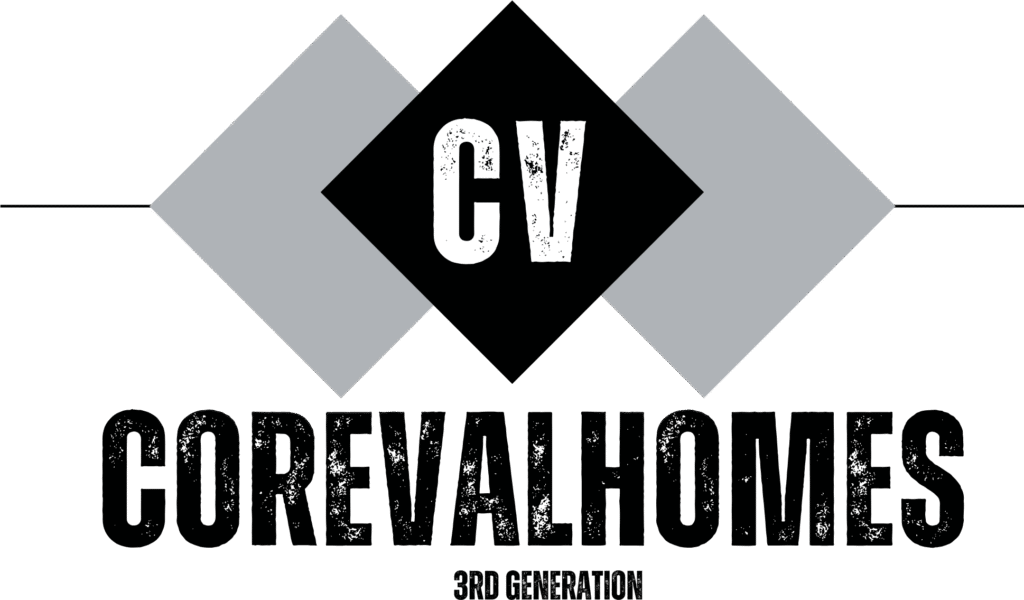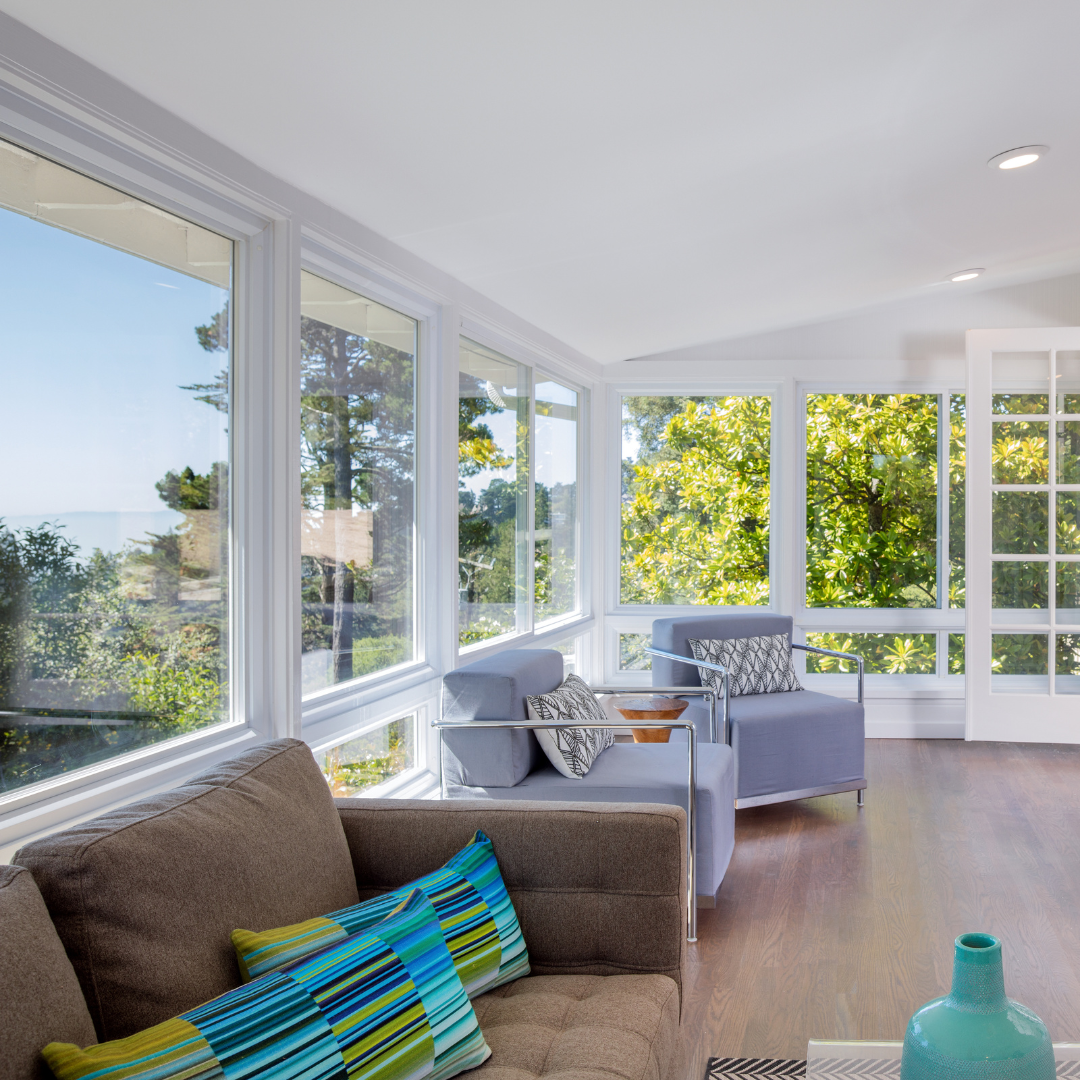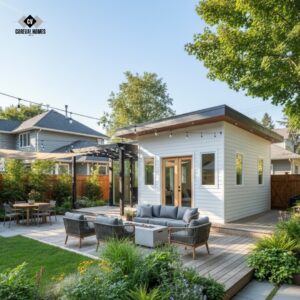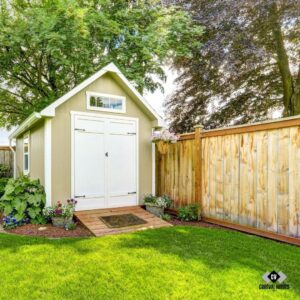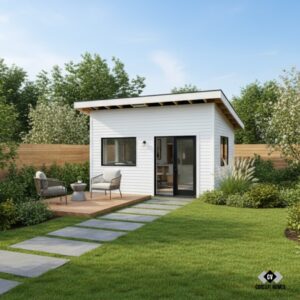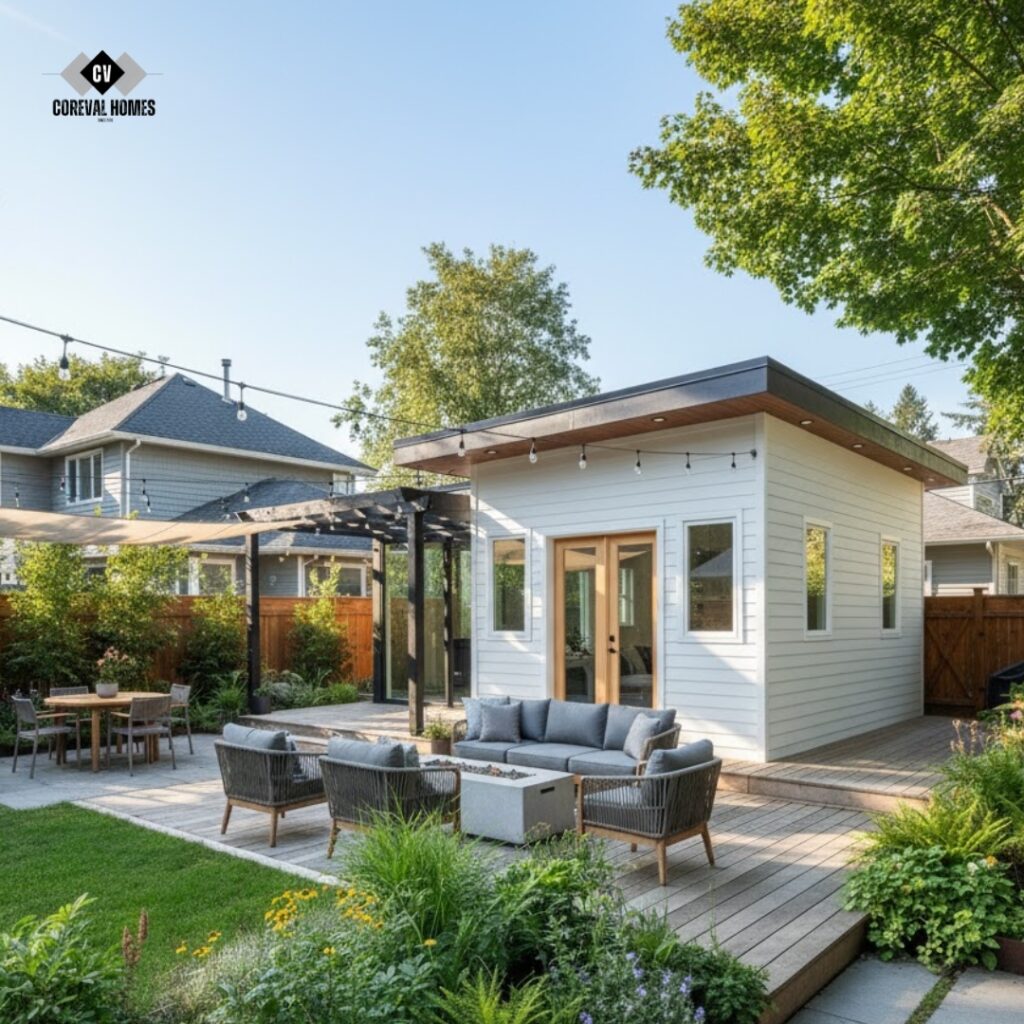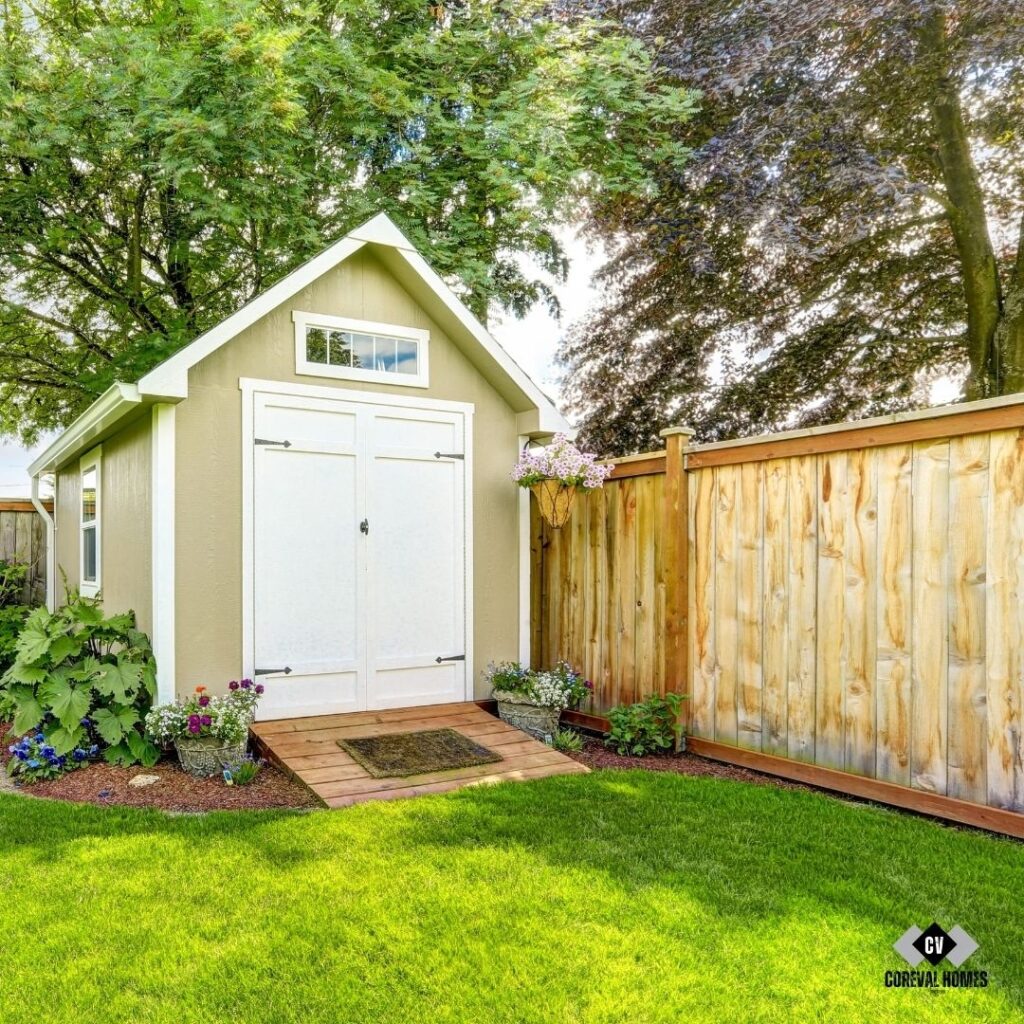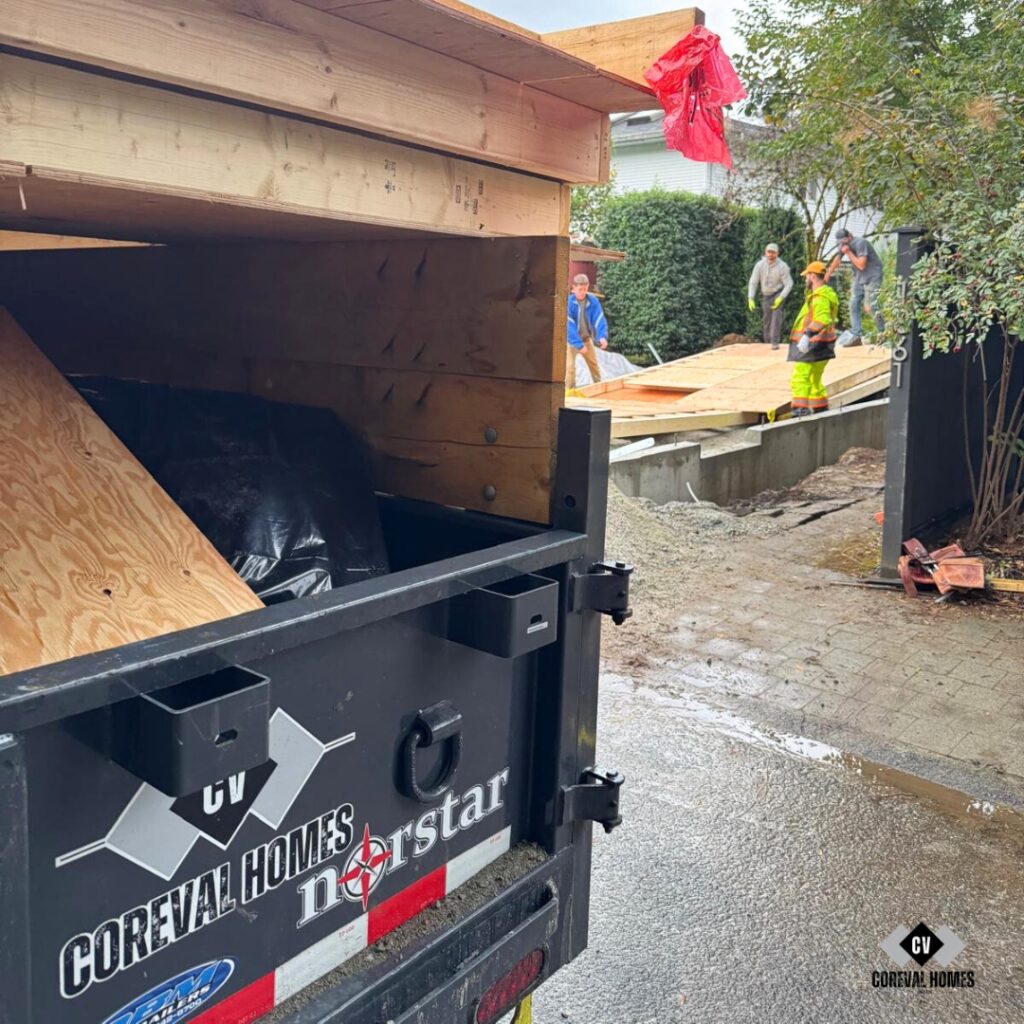Custom home projects in British Columbia are a dream for many, but let’s face it: dreams can quickly turn into nightmares if the budget isn’t managed meticulously.
At CoreVal Homes, we understand that financial clarity is just as crucial as architectural brilliance. That’s why we’re diving deep into the world of financial modeling for custom home projects, giving you the inside scoop on techniques for accurate cost estimation that can save you headaches and hefty overruns.
Why Traditional Budgeting Falls Short
Let’s be honest: spreadsheets and back-of-the-napkin calculations just don’t cut it anymore. The custom home building process is inherently complex, with countless variables impacting the final cost.
Relying on outdated or simplistic budgeting methods is like navigating the BC coast without a GPS – you might eventually reach your destination, but you’re likely to encounter unexpected storms and delays along the way.
Traditional budgeting on custom home projects often fails because it:
- Underestimates the impact of design changes: A seemingly minor alteration can have a ripple effect on material costs, labor, and timelines.
- Doesn’t account for hidden costs: Permit fees, inspections, soil testing – these often get overlooked, leading to budget creep.
- Lacks flexibility: Rigid budgets struggle to adapt to unforeseen circumstances, like material price hikes or unexpected site conditions.
Advanced Methodologies for Financial Modeling
To get a grip on your custom home projects finances, you need to embrace advanced financial modeling techniques. Here’s what we, at CoreVal Homes, employ and recommend:
1. Parametric Estimating
This method uses statistical relationships between project parameters (square footage, number of rooms, material types) and historical cost data to predict project costs.
- How it helps: Provides a high-level estimate early in the project, allowing you to quickly assess feasibility and explore different design options.
- Example: According to BC Housing, the average cost to build a new home in British Columbia ranges from $250 to $400 per square foot, depending on the location and level of finish. Using parametric estimating, you can multiply this range by your desired square footage for a preliminary cost estimate.
2. Bottom-Up Estimating
This involves breaking down the project into individual tasks, estimating the cost of each task, and then summing them up to arrive at the total project cost.
- How it helps: Provides a detailed and accurate cost estimate by considering every aspect of the project.
- Example: For framing, you’d estimate the cost of lumber, labor hours, and equipment rentals. Do this for every phase – electrical, plumbing, roofing, etc.
3. Monte Carlo Simulation
This technique uses probability distributions to model the uncertainty associated with different cost components. By running thousands of simulations, you can generate a range of possible project costs and assess the likelihood of exceeding your budget.
- How it helps: Quantifies risk and helps you understand the potential impact of uncertainties on your project’s finances.
- Example: Instead of assuming a fixed price for lumber, you could use a probability distribution that reflects the historical volatility of lumber prices.
4. Earned Value Management (EVM)
A project management technique that integrates cost, schedule, and scope to measure project performance.
- How it helps: Tracks progress against the baseline budget and schedule, allowing you to identify potential cost overruns or delays early on.
- Example: EVM can help you determine if you’re spending more than planned for the amount of work completed.
Risk Assessment and Contingency Planning: Your Financial Safety Net
No matter how meticulous your planning, unexpected events can always throw a wrench in the works. That’s why risk assessment and contingency planning are essential components of financial modeling.
- Identify Potential Risks: Brainstorm potential risks that could impact your project’s cost or schedule. These might include:
- Material price increases: Lumber, steel, and other building materials can fluctuate significantly in price.
- Labor shortages: Finding skilled tradespeople can be challenging, especially in certain regions of BC.
- Weather delays: Rain, snow, and extreme temperatures can disrupt construction activities.
- Unexpected site conditions: Soil problems, hidden utilities, or environmental concerns can add to project costs.
- Quantify the Impact: Estimate the potential financial impact of each risk.
- Develop Contingency Plans: Create strategies to mitigate or minimize the impact of each risk. This might involve:
- Negotiating fixed-price contracts with suppliers: Lock in prices for key materials to protect against price increases.
- Securing backup contractors: Have a list of qualified tradespeople who can step in if your primary contractor is unavailable.
- Purchasing insurance: Protect yourself against unforeseen events like property damage or liability claims.
- Set Aside a Contingency Fund: Allocate a percentage of your budget (typically 5-10%) to cover unexpected costs.
BC-Specific Considerations
Building in BC comes with its own unique set of financial considerations:
- High Land Costs: Land prices in Metro Vancouver and other desirable areas are among the highest in Canada. This can significantly impact your overall project budget.
- Stringent Building Codes: BC has some of the most stringent building codes in North America, which can add to construction costs.
- Environmental Regulations: Protecting the environment is a priority in BC, so be prepared for potential delays and expenses related to environmental assessments and permits.
CoreVal Homes: Your Partner in Financial Clarity
At CoreVal Homes, we believe that financial transparency is the foundation of a successful custom home project. We use these advanced financial modeling techniques and provide our clients with clear, accurate, and up-to-date cost information throughout the building process.
Building a custom home is a significant investment. By mastering the art of financial modeling, you can take control of your project’s finances and turn your dream home into a reality without breaking the bank.
Let CoreVal Homes be your guide – contact us today (604-200-2058) to discuss your project and discover how we can help you achieve your vision with confidence.
FAQs
1. What’s the biggest mistake people make when budgeting for a custom home?
The most common mistake is failing to account for soft costs like architectural design fees, engineering, and permit applications. These can quickly add up and should be factored into your initial budget from the outset.
2. How often should I review my budget during the construction process?
We recommend reviewing your budget at least monthly, or even more frequently if there are significant changes or unforeseen events. Regular reviews help you stay on track and identify potential problems early.
3. Does CoreVal Homes offer any guarantees on its project cost estimates?
CoreVal Homes is committed to transparency and accuracy. While unforeseen circumstances can sometimes affect costs, we work diligently to provide realistic estimates, explain potential contingencies, and manage budgets proactively throughout the project. Contact us to learn more about our approach to cost management.
4. What are some ways I can save money on my custom home project without sacrificing quality?
Consider opting for energy-efficient features that can reduce long-term operating costs, and explore alternative materials that offer similar aesthetics at a lower price point. Careful planning and value engineering are key.
5. How can CoreVal Homes assist me in navigating the complex financial aspects of building a custom home?
At CoreVal Homes, we provide comprehensive financial planning support, including detailed cost breakdowns, risk assessments, and proactive budget management. We work closely with our clients to ensure they understand the financial implications of every decision.
People Also Ask
1. What is a construction loan, and how does it work?
A construction loan is a short-term loan used to finance the building of a new home. Typically, funds are disbursed in stages as construction progresses, and interest is paid only on the amount drawn.
2. Are there any government grants or incentives available for building a green or energy-efficient home in BC?
Yes, Natural Resources Canada and BC Hydro often offer rebates and incentives for energy-efficient upgrades. Look for things like high-efficiency windows, insulation, and HVAC systems.
3. How do I choose the right contractor for my custom home project?
Look for a contractor with a proven track record, positive client testimonials, and a clear understanding of your vision. It’s also essential to verify their licensing and insurance.
4. What is the difference between a fixed-price contract and a cost-plus contract?
A fixed-price contract guarantees a set price for the entire project, while a cost-plus contract involves paying the contractor for the actual costs incurred plus a markup for their services. Each has its pros and cons depending on the project scope.
5. What are some “smart home” features that can add value to my custom home?
Smart thermostats, lighting control systems, and security systems can enhance convenience, security, and energy efficiency. These features can make your home more appealing to potential buyers in the future.
